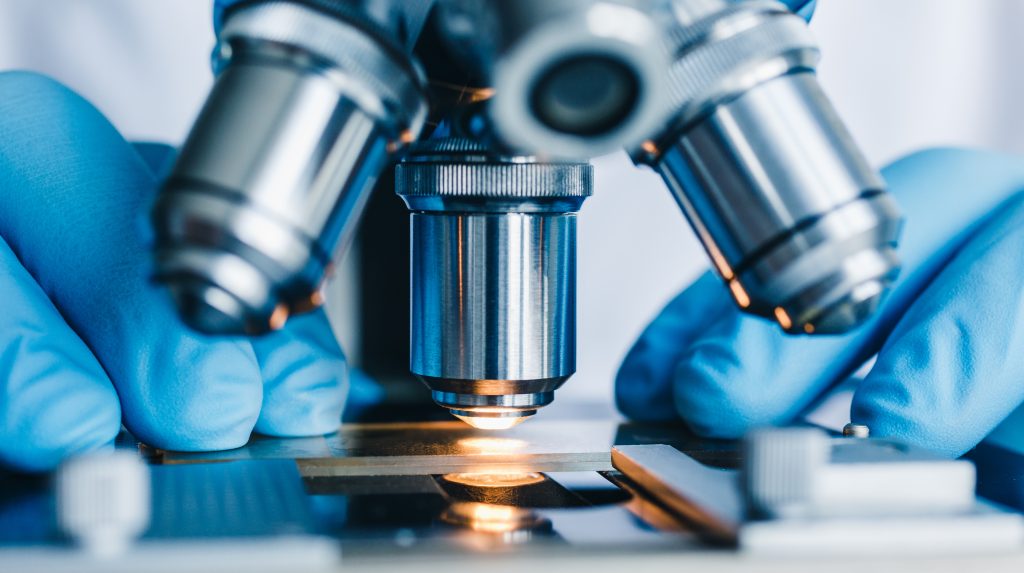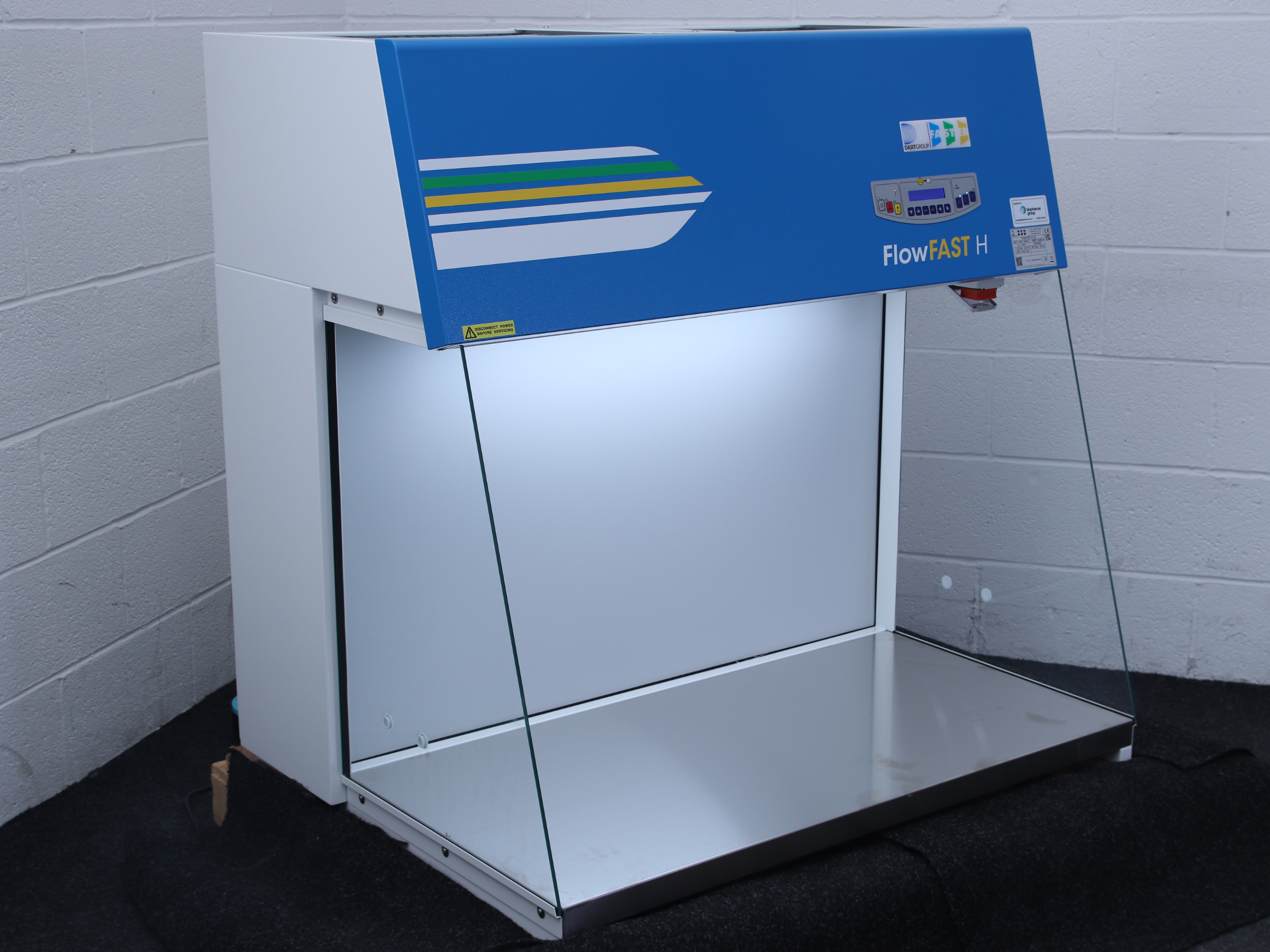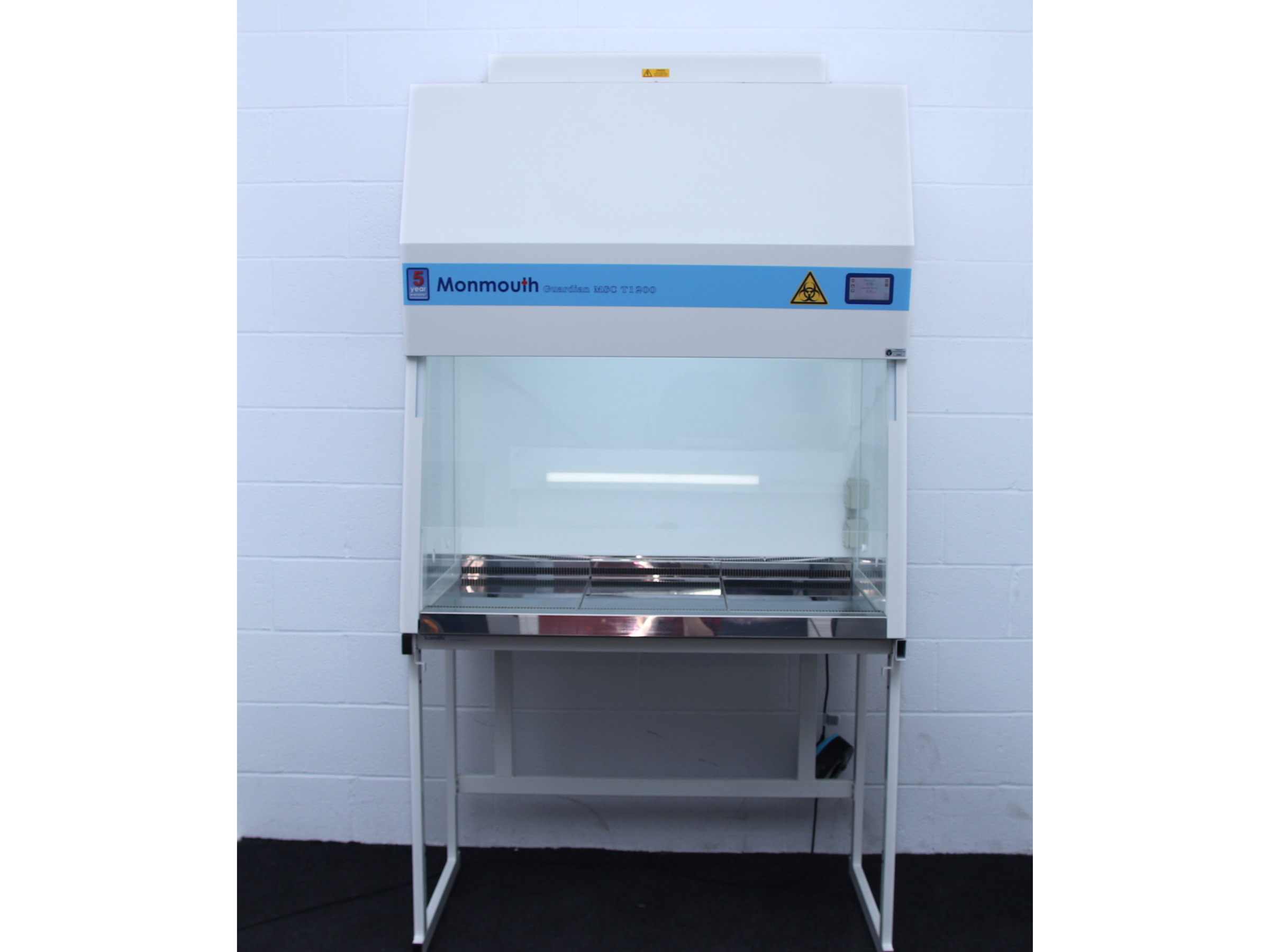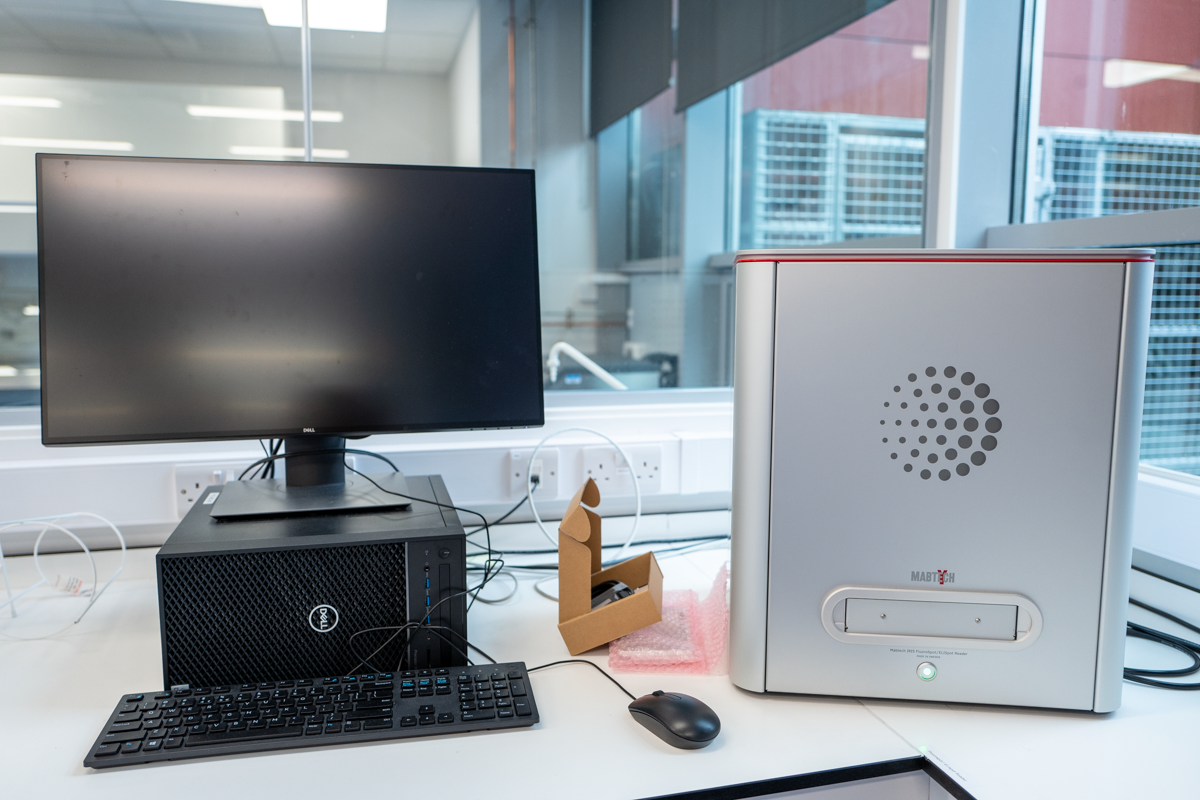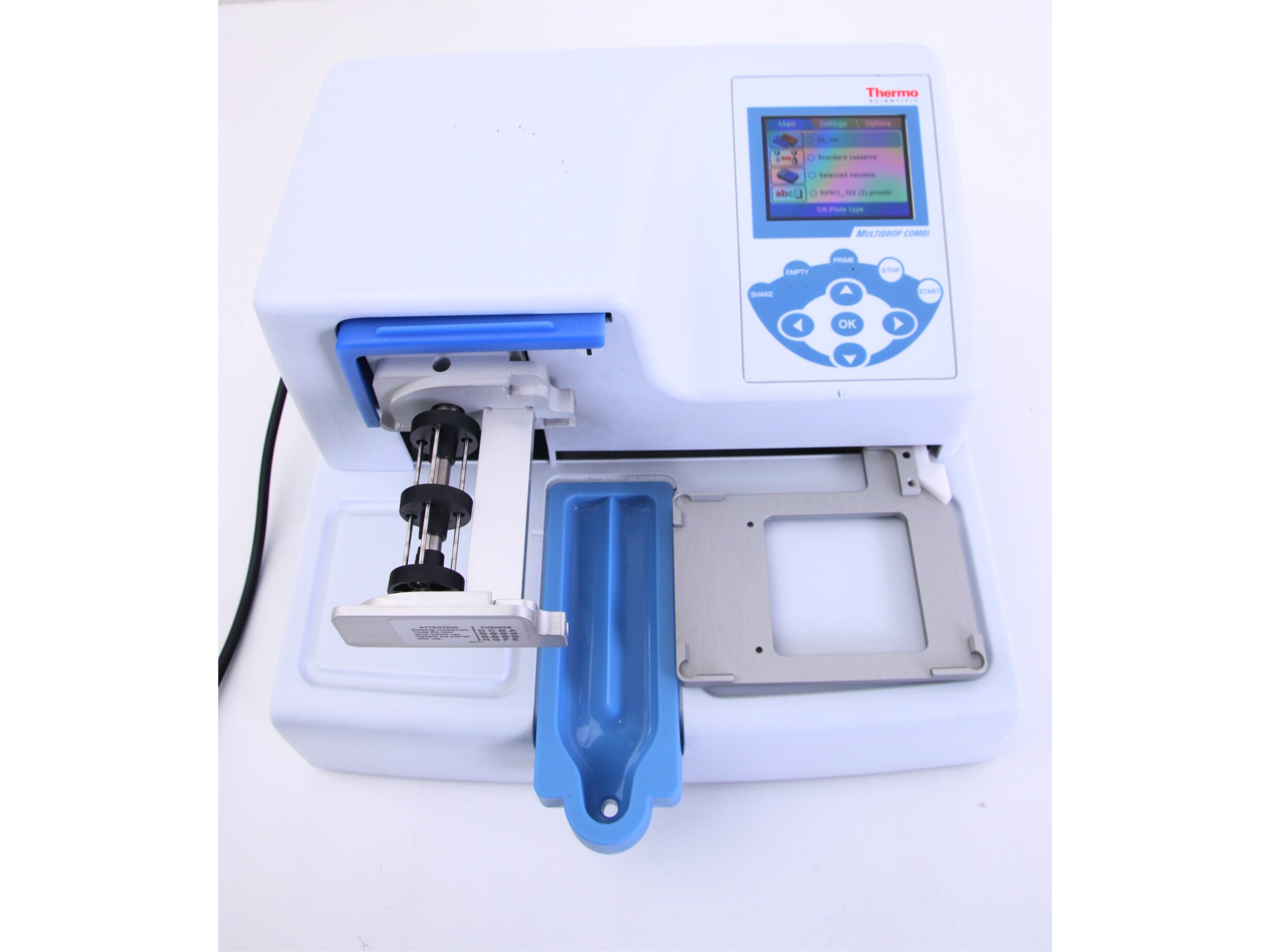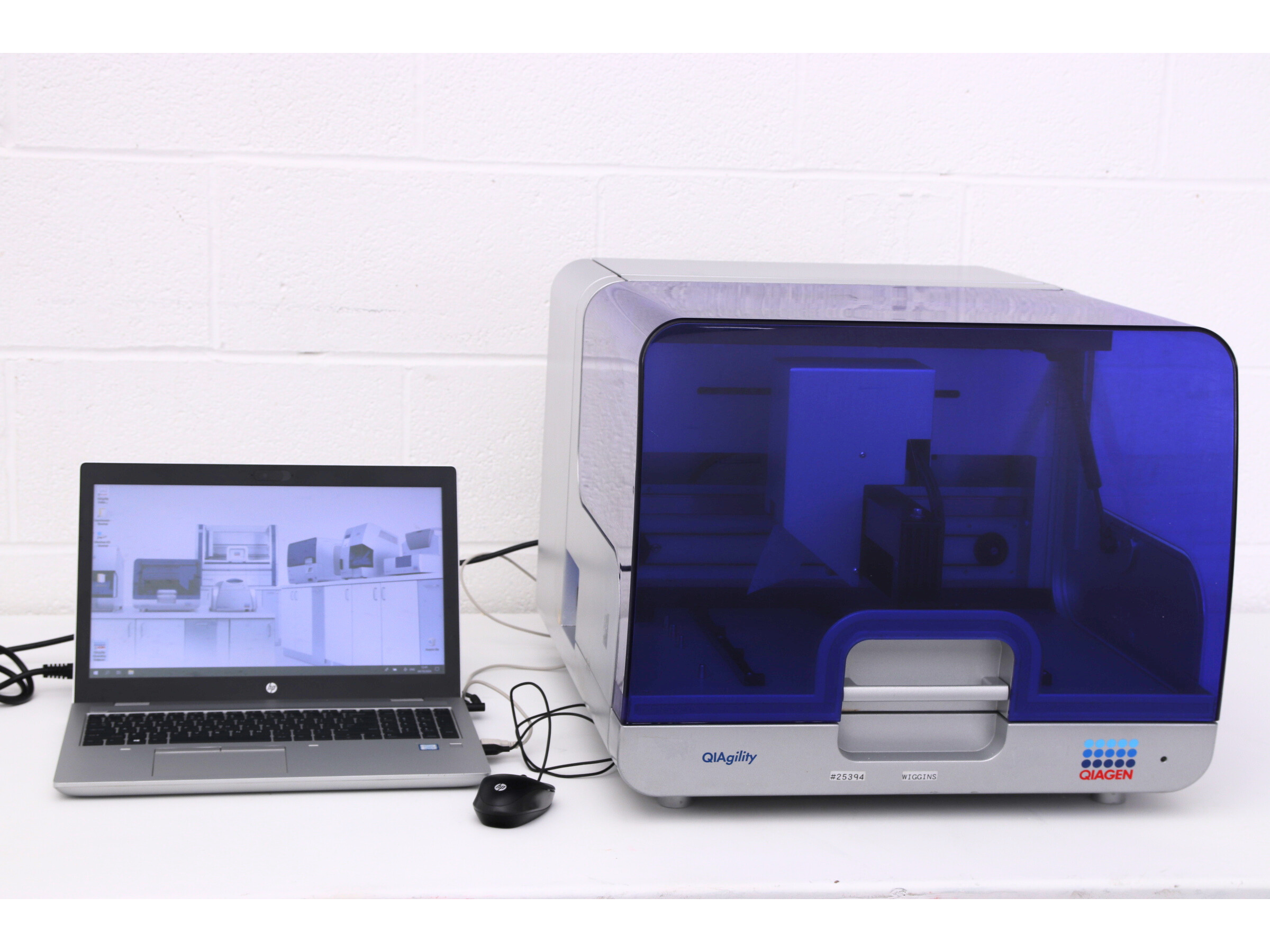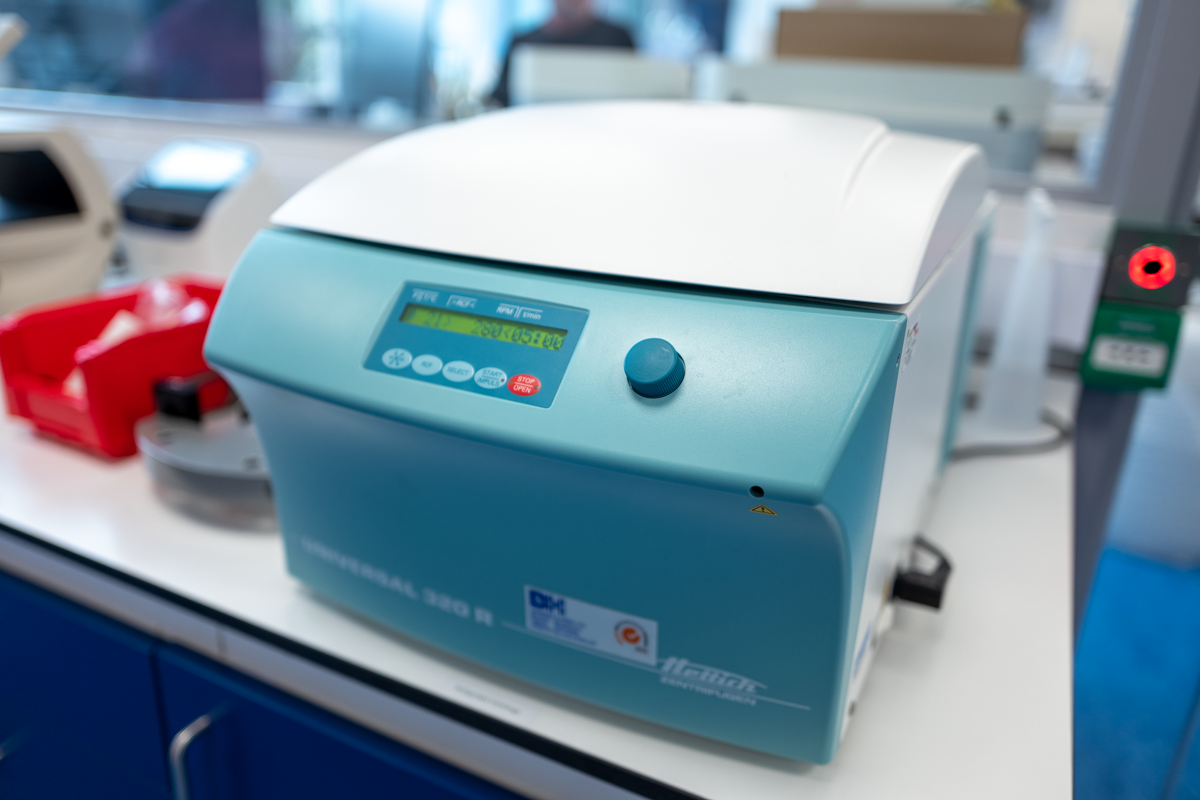Microscopes are instruments used to observe small objects that cannot be seen with the naked eye such as cells and bacteria or examine the details of metals and crystals. The image of an object is magnified through at least one lens in the microscope. This lens bends light toward the eye and makes an object appear larger than it actually is.
1. What are the different kinds of Microscope?
There are many kinds of microscope that excel in different areas. Light microscopes can easily observe cells and are most suitable for schools. Compound microscopes have more than one lens and are used in forensics and medicine. Stereo microscopes create a 3D image and are used to observe larger objects e.g. coins, gemstones. Digital microscopes come with a camera and a screen so the object can be viewed more easily.
2. What types of Light Source can a Microscope have?
LED light is bright, cool and inexpensive, Halogen light is strong and heats up quickly, Tungsten light is warm but has a short life and Fluorescent light is used to detect the fluorescence of certain microorganisms.
3. The different levels of Magnification
A typical compound microscope has x4, x10, x40 and x100 objective lenses, and some can even go up to x1600, whereas a typical Stereo microscope can magnify objects up to x5-x60.
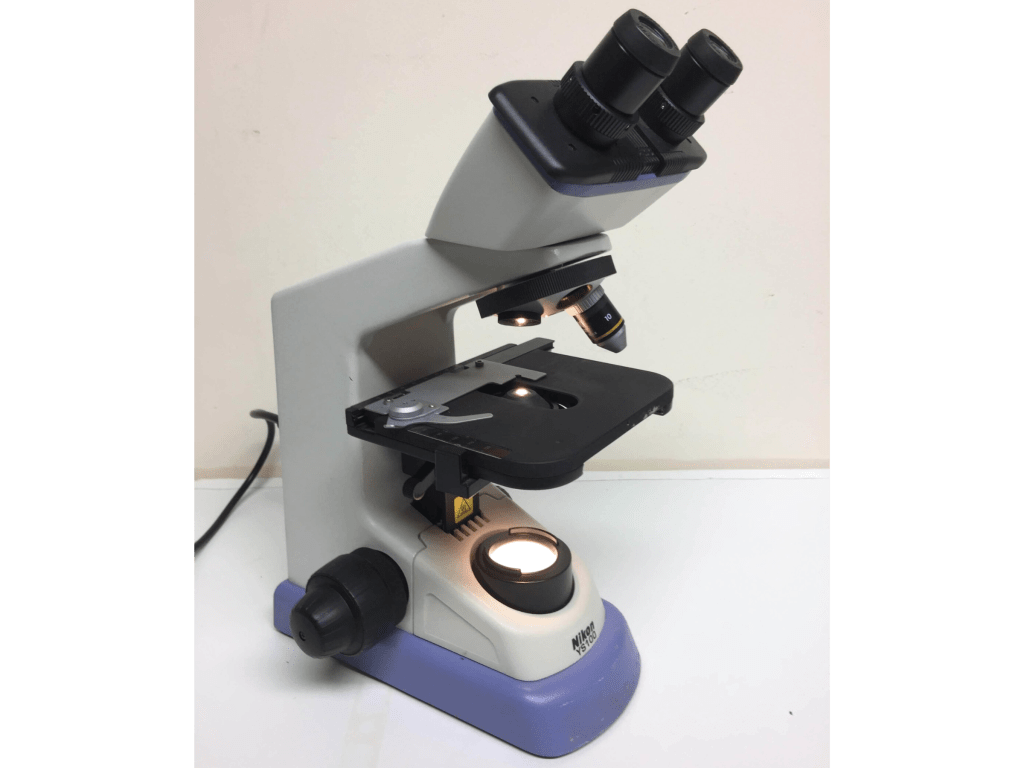
4. What eyepiece is best for my Microscope?
Microscopes come with either a monocular, binocular or trinocular eyepiece. Young children may find the monocular eyepiece the most comfortable, whereas adults tend to prefer the binocular eyepiece. Trinocular allows the user to connect a camera or webcam onto the third eyepiece to take pictures or videos of the specimen.
5. Coarse vs Fine Focus
Most microscopes only come with one knob, the coarse focus, and it is used to move the objective lens toward or away from the specimen. Some microscopes will come with both a coarse and a fine focus. The fine focus knob is smaller and is best used for the x400 magnification or above to create a more crisp and clear image.
6. What are the different kinds of Diaphragm?
The diaphragm is responsible for controlling the amount of light passing through the slide before entering the objective lens and eyepiece. The most common diaphragm is the rotating disk which has 3 different sized holes whereas the iris diaphragm is one hole that is adjusted with a lever and is found on more high quality microscopes.
7. How portable is a Microscope?
Microscopes with LED lighting are battery powered meaning they are easy to charge. Light microscopes and compound microscopes tend to be small which means they are easy to carry which is optimal for a school setting.
Interested? Take a look at our range of microscopes.
